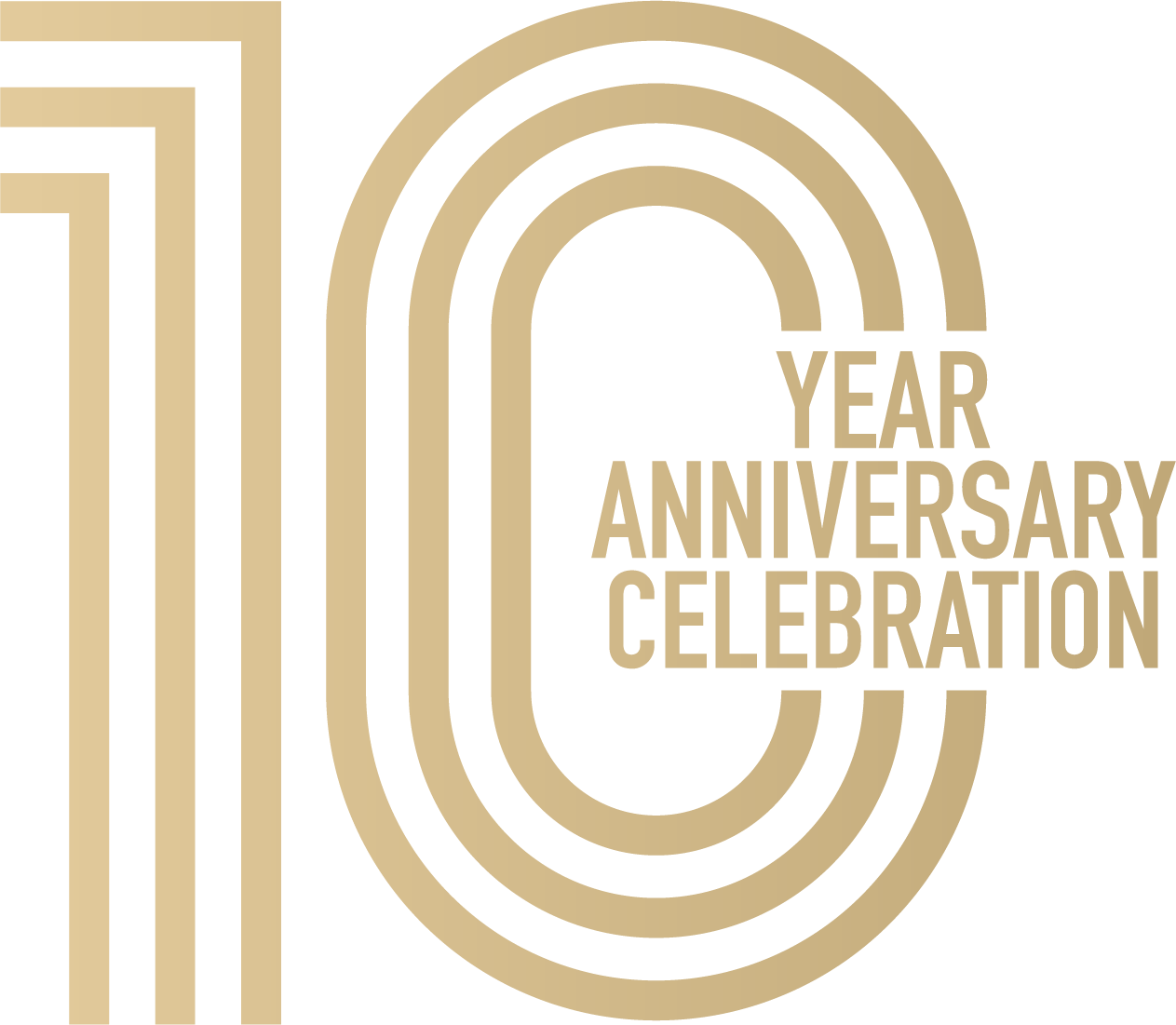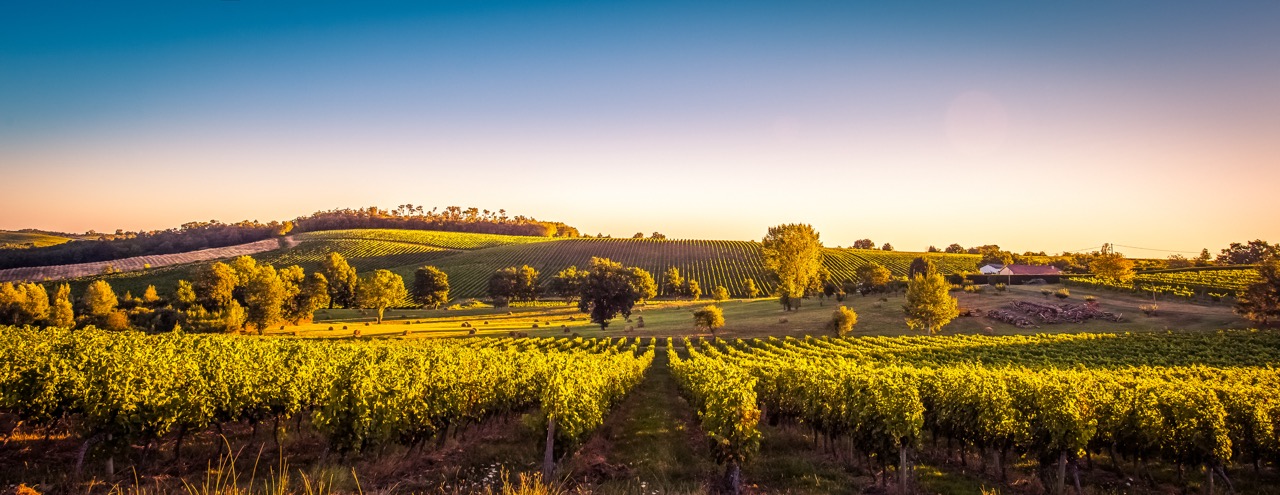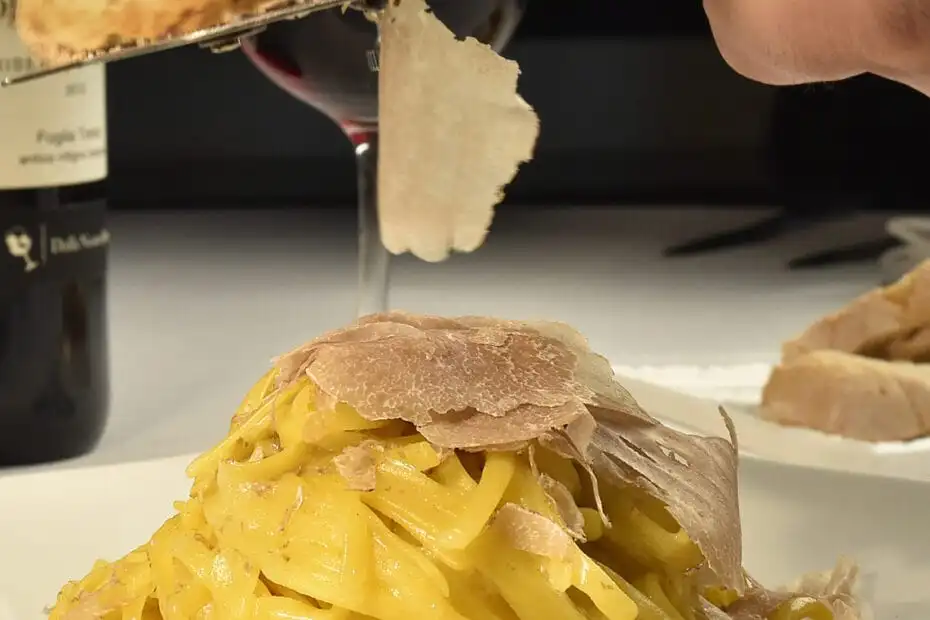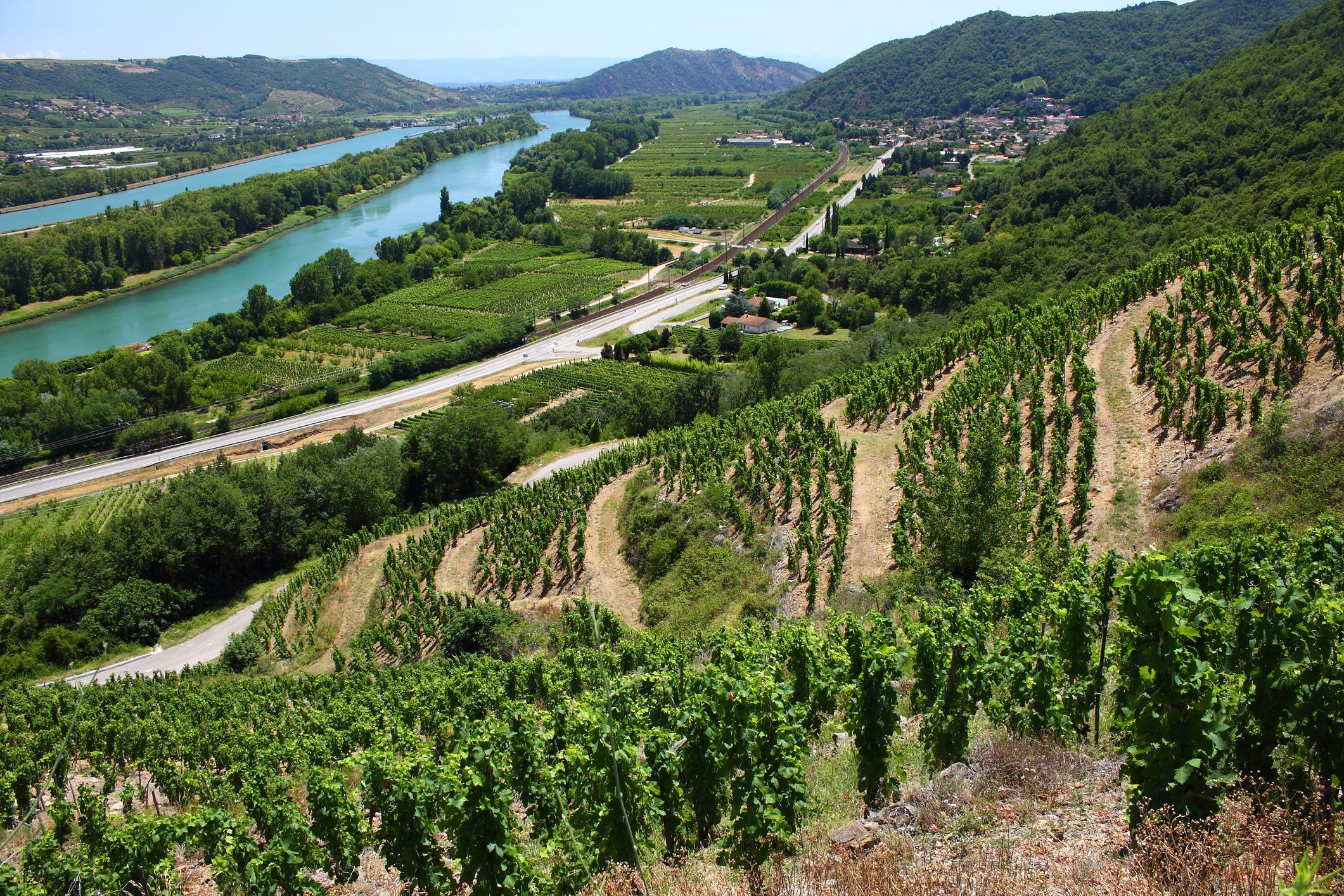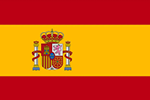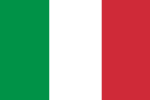Recent developments—ranging from declining demand and vineyard reductions to the closure of smaller châteaux—have painted a picture of an increasingly complex market. Add to this the announcement of a 20% tariff on U.S. exports and the wettest growing season since 1992, and it’s easy to see why many view the upcoming release with apprehension. However, these factors also present an opportunity for informed buyers who know how to navigate the shifting landscape.
A Changing En Primeur Landscape:
Over the last decade, the traditional En Primeur model has struggled to deliver the value it once promised. Historically, buyers gained early access to wines at their lowest-ever prices, providing much-needed cash flow to châteaux. But today, this system often leaves both merchants and collectors facing post-release declines in value, making it harder to justify early purchases.
In recent years, prices have softened—Liv-ex’s Bordeaux 500 index, for example, dropped below its 2020 lows by late 2024. For collectors, this downturn underscores the importance of careful selection. As some vintages become less profitable, those willing to focus on high-quality, undervalued wines may find compelling opportunities. This year’s campaign will likely test the market’s willingness to re-engage with Bordeaux, making it crucial for collectors to identify wines released at fair, attractive prices.
Global Market Dynamics:
The broader fine wine market has experienced a similar downturn. The Fine Wine 50, tracking the last ten physical vintages of First Growth Bordeaux, has declined over 25% since early 2023. Even more significant is the drop in the Second Wine 50 index, reflecting a shift in buyer preferences: quality now outweighs brand recognition.
While Burgundy and Champagne have grown in prominence, Bordeaux remains the backbone of many collections. For decades, Bordeaux’s ability to produce large volumes of excellent wine made it more accessible than other regions. Yet escalating prices for First Growths and their second wines have led collectors to focus on second, third, fourth, and fifth growths, many of which continue to offer solid value.
The 2024 Vintage in Perspective:
This year’s vintage presents both challenges and opportunities. Heavy rainfall throughout much of the season resulted in one of the smallest harvests since 1991. Disease pressure, especially from mildew, further reduced yields. However, the warm and dry summer provided some reprieve, raising hopes that quality may be better than initially feared.
For collectors, the reduced yields might mean fewer bottles available down the line. This could lead to stronger long-term performance for carefully chosen 2024 wines. Historically, small harvests have often prompted price resets, giving buyers a chance to acquire wines at levels not seen in years. Informed collectors should watch for châteaux willing to adjust prices in light of these circumstances.
Looking Forward:
As En Primeur evolves, buyers need to approach the campaign with both caution and optimism. A successful 2024 campaign—marked by realistic pricing and strong value—could signal the beginning of a broader market recovery. For collectors, this is an opportunity to reassess their portfolios, focus on quality over quantity, and position themselves for long-term gains.
By carefully evaluating release prices, understanding market dynamics, and staying informed about emerging trends, collectors can turn a challenging vintage into a rewarding investment.
